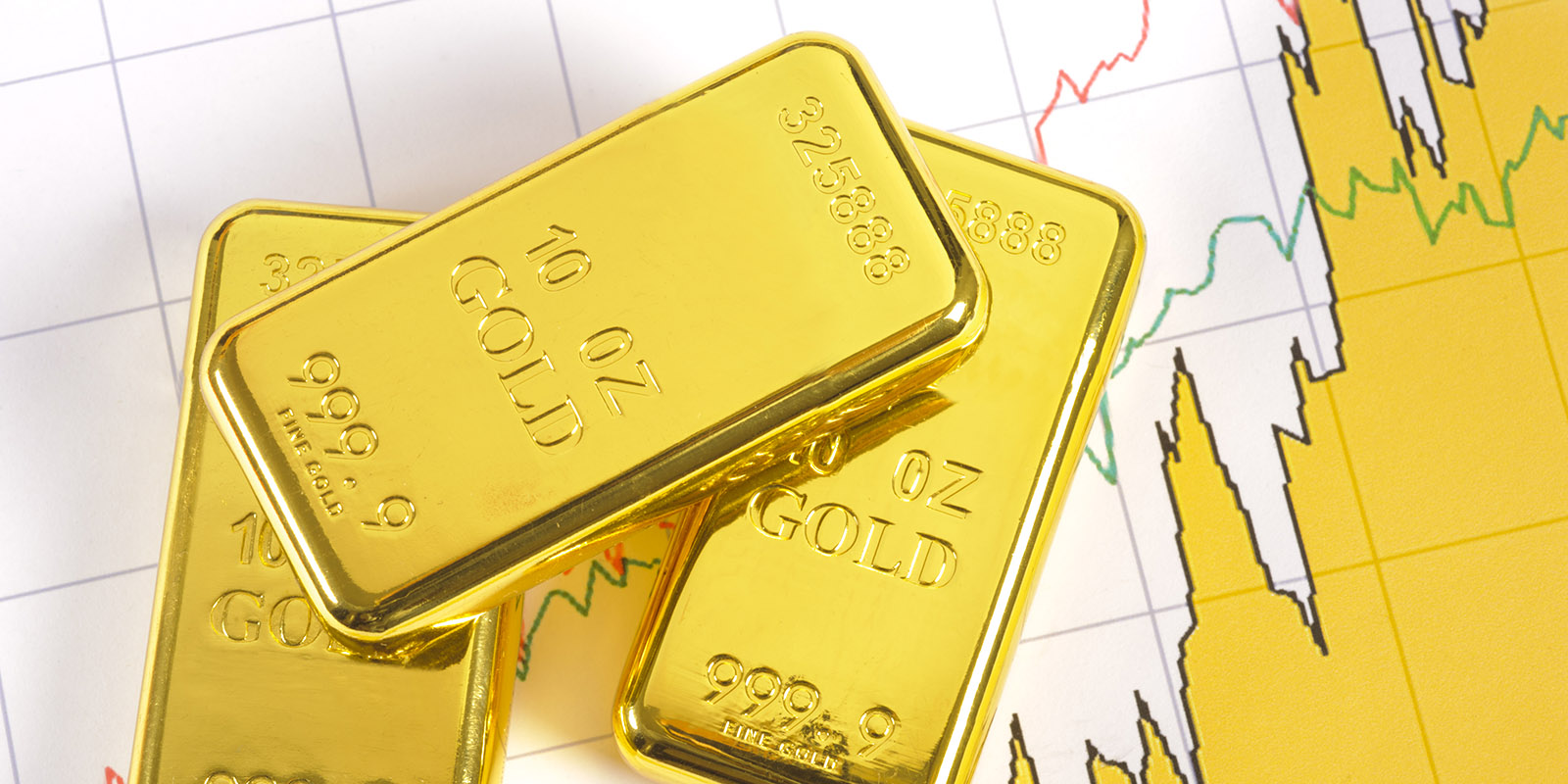The allure of gold remained strong on Tuesday as the precious metal extended its recent rally. Spot transactions, which reflect immediate purchases of gold, saw a price increase of $3. This upward trend comes amidst a backdrop of renewed investor confidence in the safe-haven asset.
Analysts attribute the rise in gold prices to several factors. Geopolitical tensions and economic uncertainty continue to fuel demand for gold, which is often seen as a hedge against inflation and market volatility. The ongoing war in Ukraine has exacerbated these concerns, prompting investors to seek the stability offered by gold.
Beyond geopolitical anxieties, rising inflation is another key driver of gold's appeal. As the cost of living increases, gold's value tends to hold steady, making it an attractive option for investors seeking to preserve their purchasing power. Central banks around the world are grappling with the challenge of balancing inflation control with economic growth. While interest rate hikes are a potential tool to combat inflation, they can also dampen economic activity. This delicate balancing act by central banks adds another layer of uncertainty to the economic landscape, further bolstering gold's position as a safe-haven asset.
The recent strength in the US dollar, typically seen as a competitor to gold for investor interest, hasn't significantly impacted the precious metal's upward trajectory. While a robust dollar can sometimes lead to a decline in gold prices (as it makes dollar-denominated gold more expensive for foreign investors), the current market dynamics appear to be favoring gold. Investors seem to be prioritizing the security offered by gold over the temporary strength of the dollar.
Looking ahead, the future direction of gold prices will likely depend on the interplay of several factors. The evolution of the war in Ukraine, the effectiveness of central bank policies in controlling inflation, and broader market sentiment will all influence investor decisions. If geopolitical tensions continue to escalate or inflation remains stubbornly high, gold could see further price gains. Conversely, a de-escalation of the war or a successful taming of inflation could lead to a pullback in gold prices.
The precious metal market is also keeping a close eye on upcoming interest rate decisions from major central banks, particularly the US Federal Reserve. Any indication of a more aggressive approach to raising interest rates could potentially dampen investor enthusiasm for gold. However, the current market climate suggests that the safe-haven allure of gold is likely to remain a significant force in the near future.

